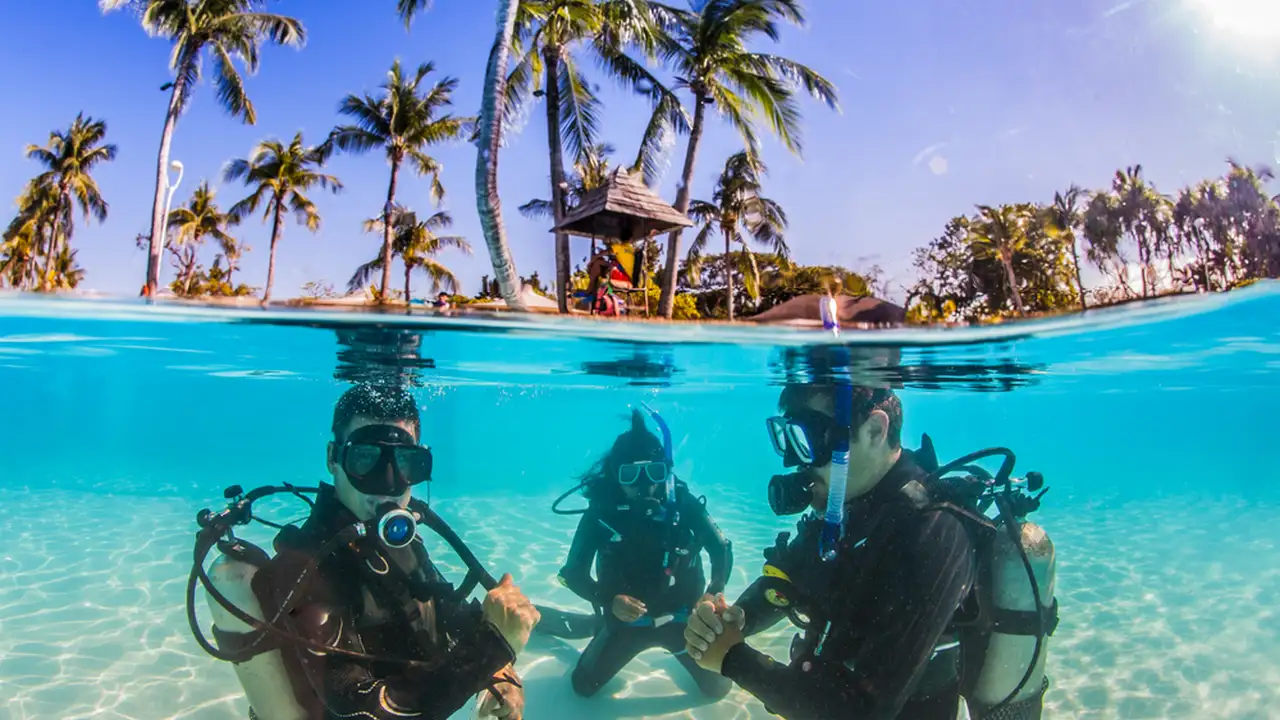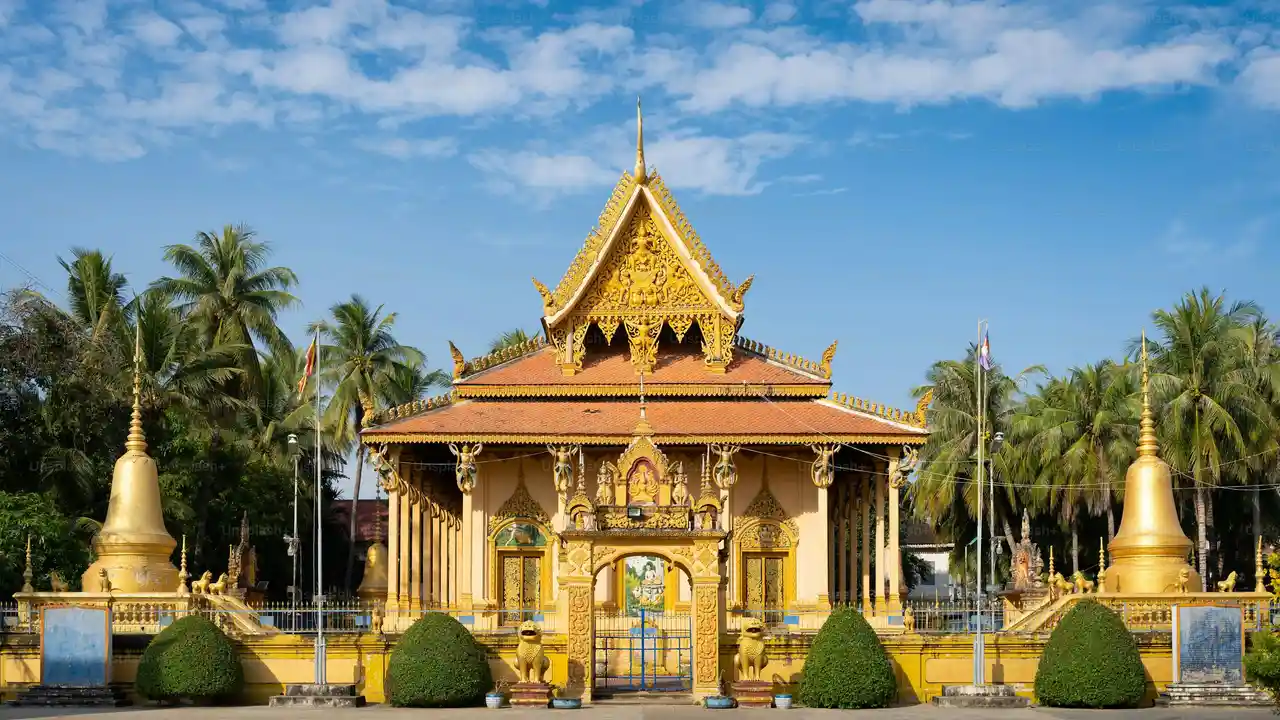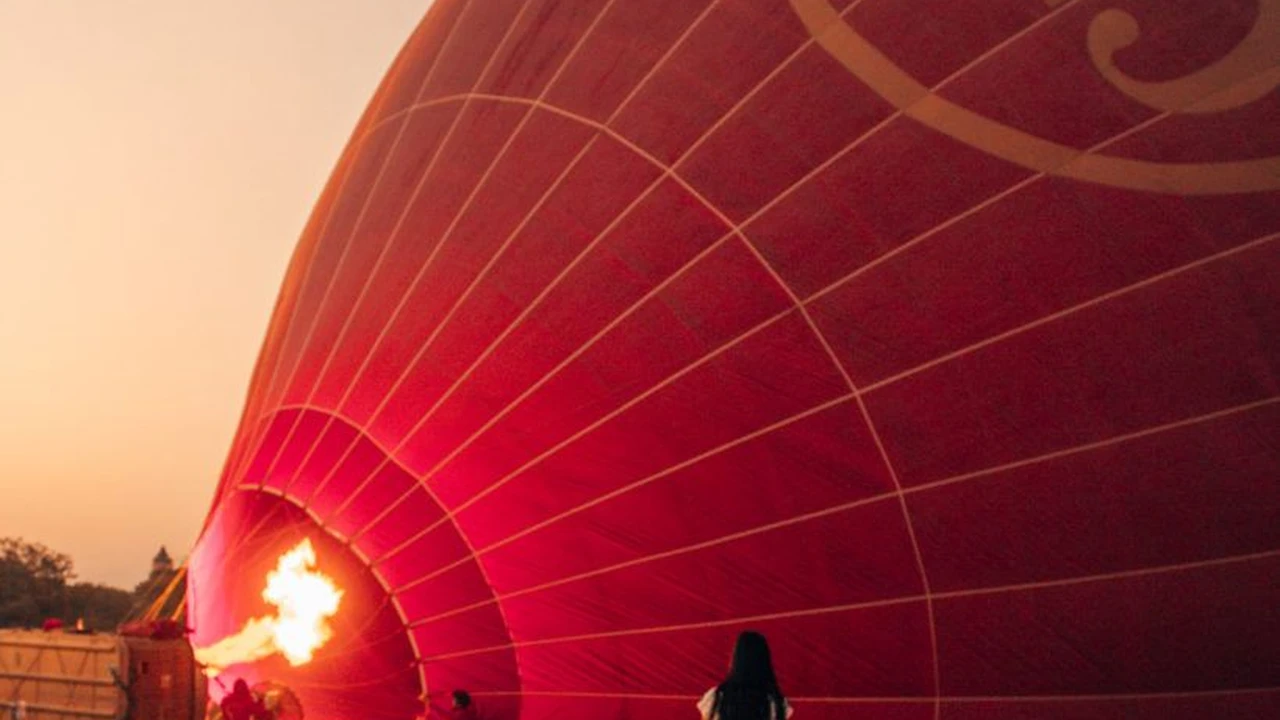Philippines Sustainable Diving Spots
Explore the underwater wonders of the Philippines while practicing sustainable diving. This guide highlights dive sites that prioritize coral reef conservation and marine life protection. Learn about responsible diving practices and contribute to ocean health.

Introduction to Sustainable Diving in the Philippines
The Philippines, an archipelago of over 7,000 islands, boasts some of the most biodiverse marine ecosystems on the planet. From vibrant coral reefs teeming with life to mysterious shipwrecks, the diving opportunities are endless. However, this underwater paradise is facing increasing threats from pollution, overfishing, and climate change. That’s where sustainable diving comes in. It's all about enjoying the beauty of the ocean while minimizing our impact and actively contributing to its conservation.
Why Choose Sustainable Diving?
Sustainable diving isn't just a trend; it's a responsibility. By choosing eco-conscious dive operators and following responsible diving practices, you can help protect the Philippines' incredible marine biodiversity for future generations. Think of it as leaving only bubbles and taking only memories. You'll also get a more authentic and enriching experience, connecting with local communities and learning about conservation efforts firsthand.
Top Sustainable Diving Spots in the Philippines
Anilao, Batangas: Macro Photography Paradise and Coral Conservation
Anilao is renowned as the birthplace of diving in the Philippines and a macro photography mecca. The area is actively involved in coral conservation projects. Many resorts and dive operators prioritize sustainability.
What to Expect: Expect incredible macro life, including nudibranchs, seahorses, and frogfish. The reefs are relatively shallow, making it ideal for beginner and experienced divers alike.
Sustainable Initiatives: Many local dive operators participate in coral planting and reef cleanup programs. Support these initiatives by choosing operators that actively promote conservation.
Puerto Galera, Mindoro: Biodiversity Hotspot and Marine Protected Areas
Puerto Galera is a UNESCO-protected biosphere reserve, known for its incredible biodiversity. The area has several marine protected areas, ensuring the health of its reefs.
What to Expect: Expect a wide variety of dive sites, from colorful coral gardens to thrilling drift dives. You might encounter reef sharks, turtles, and schools of fish.
Sustainable Initiatives: Puerto Galera has a strong focus on marine conservation. Choose dive operators that adhere to responsible diving practices and support local conservation efforts. Look for the Green Fins certification.
Tubbataha Reefs Natural Park, Sulu Sea: World-Class Diving and Strict Regulations
Tubbataha is a UNESCO World Heritage Site and a haven for marine life. Access is limited to liveaboard trips, and strict regulations are in place to protect the reefs.
What to Expect: Expect world-class diving with incredible visibility and abundant marine life. You might encounter sharks, manta rays, and whale sharks. This is a must-dive destination for experienced divers.
Sustainable Initiatives: Tubbataha is heavily regulated to minimize environmental impact. Divers are required to follow strict guidelines to protect the reefs. Choose a liveaboard operator that is committed to sustainable practices.
Apo Island, Negros Oriental: Community-Based Marine Sanctuary
Apo Island is a prime example of successful community-based marine conservation. The island's marine sanctuary is managed by the local community, ensuring its long-term sustainability.
What to Expect: Expect healthy coral reefs teeming with life, including turtles, reef fish, and colorful invertebrates. The diving is relatively easy, making it suitable for all levels.
Sustainable Initiatives: Apo Island is a model for community-based conservation. Support the local community by choosing dive operators that contribute to the island's conservation efforts.
Malapascua, Cebu: Thresher Shark Encounters and Reef Restoration
Malapascua is famous for its daily thresher shark encounters at Monad Shoal. The area is also involved in reef restoration projects.
What to Expect: Expect to see thresher sharks up close and personal. You might also encounter manta rays, hammerhead sharks, and other pelagic species. The diving can be challenging due to strong currents.
Sustainable Initiatives: Malapascua is working to protect its thresher shark population and restore its coral reefs. Choose dive operators that support these initiatives and adhere to responsible diving practices.
Responsible Diving Practices: Your Role in Conservation
Even if you're diving in a designated sustainable spot, your actions matter. Here's how you can be a responsible diver:
- Choose Eco-Conscious Operators: Look for operators with certifications like Green Fins or those that actively support local conservation projects.
- Practice Buoyancy Control: Good buoyancy control prevents you from damaging fragile corals and disturbing marine life.
- Don't Touch Anything: Resist the urge to touch corals, marine animals, or artifacts. Your touch can harm delicate ecosystems.
- Avoid Single-Use Plastics: Bring your own reusable water bottle, reef-safe sunscreen, and reusable bags.
- Respect Marine Life: Observe marine life from a distance and avoid feeding or harassing animals.
- Report Damage: If you see any damage to the reef or signs of illegal fishing, report it to the local authorities or your dive operator.
- Support Local Communities: Choose locally owned businesses and support community-based conservation projects.
Recommended Sustainable Diving Gear
Choosing the right gear can also contribute to sustainable diving. Here are a few recommendations:
Reef-Safe Sunscreen: Protecting Corals from Harmful Chemicals
Traditional sunscreens contain chemicals like oxybenzone and octinoxate, which are harmful to coral reefs. Opt for reef-safe sunscreens that use mineral-based ingredients like zinc oxide and titanium dioxide.
Product Recommendation:
- Raw Elements Tinted Moisturizer SPF 30: A great option for face protection, offering broad-spectrum protection and a slight tint. Price: $18-20
- Stream2Sea SPF 30: Biodegradable and eco-conscious sunscreen with UVA/UVB protection. Price: $16-18
Usage Scenario: Apply liberally 15-20 minutes before entering the water. Reapply every two hours or after swimming or sweating.
Comparison: Raw Elements is a bit thicker and provides a slight tint, making it ideal for those who want a bit of coverage. Stream2Sea is lighter and absorbs quickly, making it a good choice for those with sensitive skin.
Reusable Water Bottle: Reducing Plastic Waste
Single-use plastic water bottles are a major source of pollution. Bring your own reusable water bottle to minimize your plastic footprint.
Product Recommendation:
- Hydro Flask 32 oz: Durable, insulated, and keeps water cold for hours. Price: $35-45
- Nalgene Tritan 32 oz: Lightweight, BPA-free, and virtually indestructible. Price: $12-15
Usage Scenario: Carry your reusable water bottle with you throughout your trip and refill it whenever possible.
Comparison: Hydro Flask is insulated, keeping your water cold for longer, but it's heavier and more expensive than Nalgene. Nalgene is a more affordable and lightweight option, but it doesn't keep water as cold.
Dive Computer: Monitoring Depth and Dive Time
While not directly related to sustainability, a dive computer helps you dive safely and responsibly by monitoring your depth and dive time, preventing decompression sickness and allowing you to stay within safe limits.
Product Recommendation:
- Suunto Zoop Novo: A user-friendly dive computer with basic features. Price: $250-300
- Shearwater Peregrine: A more advanced dive computer with a color display and air integration capabilities. Price: $450-500
Usage Scenario: Wear your dive computer on every dive to monitor your depth, dive time, and ascent rate.
Comparison: Suunto Zoop Novo is a great entry-level dive computer for beginners. Shearwater Peregrine offers more advanced features and a better display for experienced divers who need more data at a glance.
Finding Sustainable Dive Operators
Here are some tips for finding sustainable dive operators in the Philippines:
- Look for Certifications: Check if the operator has certifications like Green Fins or PADI Green Star Award.
- Read Reviews: Look for reviews that mention the operator's commitment to sustainability.
- Ask Questions: Don't hesitate to ask the operator about their sustainability practices.
- Observe Their Practices: Pay attention to how the operator conducts their dives and interacts with the environment.
The Future of Diving in the Philippines
Sustainable diving is crucial for the future of diving in the Philippines. By embracing responsible practices and supporting conservation efforts, we can ensure that future generations can enjoy the beauty and wonder of this underwater paradise. Let's all do our part to protect the Philippines' incredible marine biodiversity.
:max_bytes(150000):strip_icc()/277019-baked-pork-chops-with-cream-of-mushroom-soup-DDMFS-beauty-4x3-BG-7505-5762b731cf30447d9cbbbbbf387beafa.jpg)






